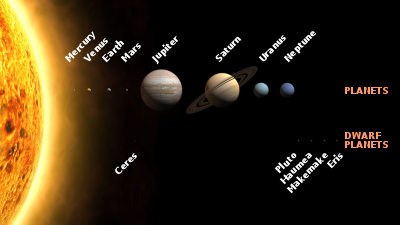Gavo
Dogwood Brews
Got a 1.5Kw system here, considered small. My last power bill was almost $300 less than the same time last year without the system, about the same saving each bill. Even considering mine was an expensive sytem due to the fact of being an upgradable system, quality panels and distance for installers to travel, my system will pay for itself in four to five years.
I will most likely sell up and build again in that time and will then install a larger system again; lower feed in tarrif or not. I will just run the pool pump etc during the day instead of night like I do now.
I will most likely sell up and build again in that time and will then install a larger system again; lower feed in tarrif or not. I will just run the pool pump etc during the day instead of night like I do now.





